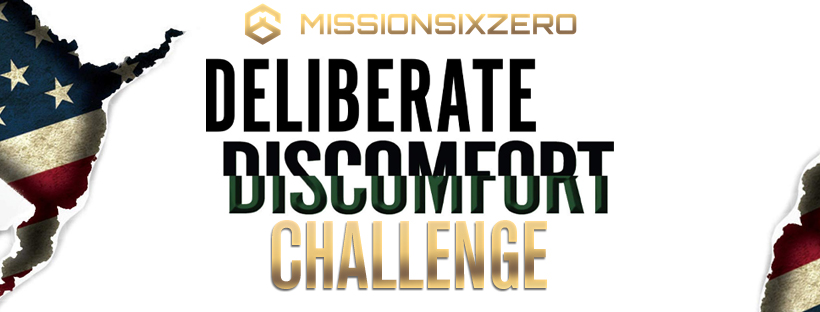When times are tough, often the first budget cuts are ones that should be the last – training, development and communications. Now is not the time to cut budgets!
As your institution wrestles with the financial impact of the pandemic and political strife, it may appear that cutting these functions is an easy, painless decision. They may appear to be “fluffy” and nonessential during a business contraction, but nothing could be further from the truth.
The fact is, when a company is facing an uncertain future due to an economic downturn, a shift in market realities or reduced profitability, these services should be moved to top priority. They should not be viewed as expenses, but instead as tools that ensure survival and success. Now is not the time for panic, but rather for rational, thoughtful decisions that sustain your business.
Your employees are your lifeblood. They are more concerned and stressed about economic stability, job security and workplace changes than ever before. You can do great damage to your workplace culture for years to come by making knee-jerk decisions that send a message to your employees that they are expendable, nonessential or have no voice in the well-being of the company.
A survey released on May 12 shows just how important company culture continues to be during the pandemic. Jobvite’s 2020 Job Seeker Nation Report found:
- 52 percent of workers said company value and culture was the top influence in accepting a job in the COVID-19 climate, just behind compensation (61 percent).
- 81 percent of workers think company culture is somewhat or very important in the decision to apply for a job.
- 35 percent of workers who have left a job in the first 90 days cited company culture as the reason.
- Company culture is more important to workers with college degrees (51 percent) and city workers (83 percent).
Our own informal request on a popular listserv for comments about the importance of culture during the pandemic produced 56 responses from companies whose average size was 300 employees. One company had more than 7,000 employees, and a few had fewer than 50. All of the companies have increased spending on training, communication and employee engagement by 25 percent, and some said they had increased their budget by 300 percent.
All companies responding said they were increasing their attention and budget on employees to support the mental wellbeing and health of their team members and to help them balance their personal lives even more while working as many employees work remotely. They expressed a desire to get everyone involved in shared leadership through seeking their teams’ ideas and input on workplace changes, training and communication. The reasons for their increased emphasis were retention, deeper employee engagement and solidifying their culture or making intentional shifts to improve it.
“It’s all about employee engagement for us,” says Elihah Schneider, CEO of Modifly. “We want to uphold our standards and culture as a company as much as possible during a, frankly, weird time. To do this, we had to invest time and money. To uphold culture you have to create engagement. It’s easy to just mentally check out.”
Florian Klaus, head of business development at Pressrelations, says that in the run-up to the pandemic, employees from different teams asked management to put aspects of the corporate culture to the test and develop new concepts. A company-wide, two-day workshop was held last November with 27 participates from four company locations. The workshop produced many ideas that were developed through various working groups in the following months. “After the COVID-19 crisis initially led to an interruption of these efforts, it quickly became clear that the continuation of our cultural development had become all the more urgent,” Klaus said.
The pandemic has increased awareness of the need for employee engagement. “As soon as we realized that we had to furlough our people and all the connection to the company was voluntary, we shifted our focus to engagement,” reports Asher Raphael, COO and CEO at Power. “We knew we had to create high quality content for people to stay connected, so it was all-hands-on-deck. Our internal brand and special events teams learned everything they could about our digital platforms and set about creating a best-in-class programming schedule. We analyzed everything from the best time of day to how long people stayed online and tweaked as we went in order to provide the best experience for our people.”
Several companies spoke about the recognition that employees are their most valuable asset. “By giving people the support and mentorship they desire, they show up every morning with purpose and passion, which to no surprise, allows us to produce the best work and service for our clients,” says Michael Kempner, founder and CEO of MWWPR. “While the challenges and stressors they face may look different due to COVID-19, it’s easy to pivot and to meet those needs when your people are at the heart of everything you do.”
“Investing in workplace culture is an investment in our most valuable asset – our team,” says Meghan Buck, CEO of Veda Data. She says the company uses programs to help them understand what motivates their team, quantifies the risk of employee turnover and ensures that they maintain and grow their “people-first culture,” even more important when employees work remotely.
Some companies view this time during the pandemic as the ideal time not to fire — but to hire — staff. “I felt confident that this was the time to make key hires we’ve been chasing for years,” says Nick Tarascio, CEO at Ventura Air Services. “We also felt . . . that this will launch the company years ahead if we properly execute and invest in quality team members.”
If you are not among premier employers continuing to invest in company culture and employee engagement, you must reconsider your position. Your company’s abilities to recruit and retain employees, energize your team and remain competitive are at stake.





